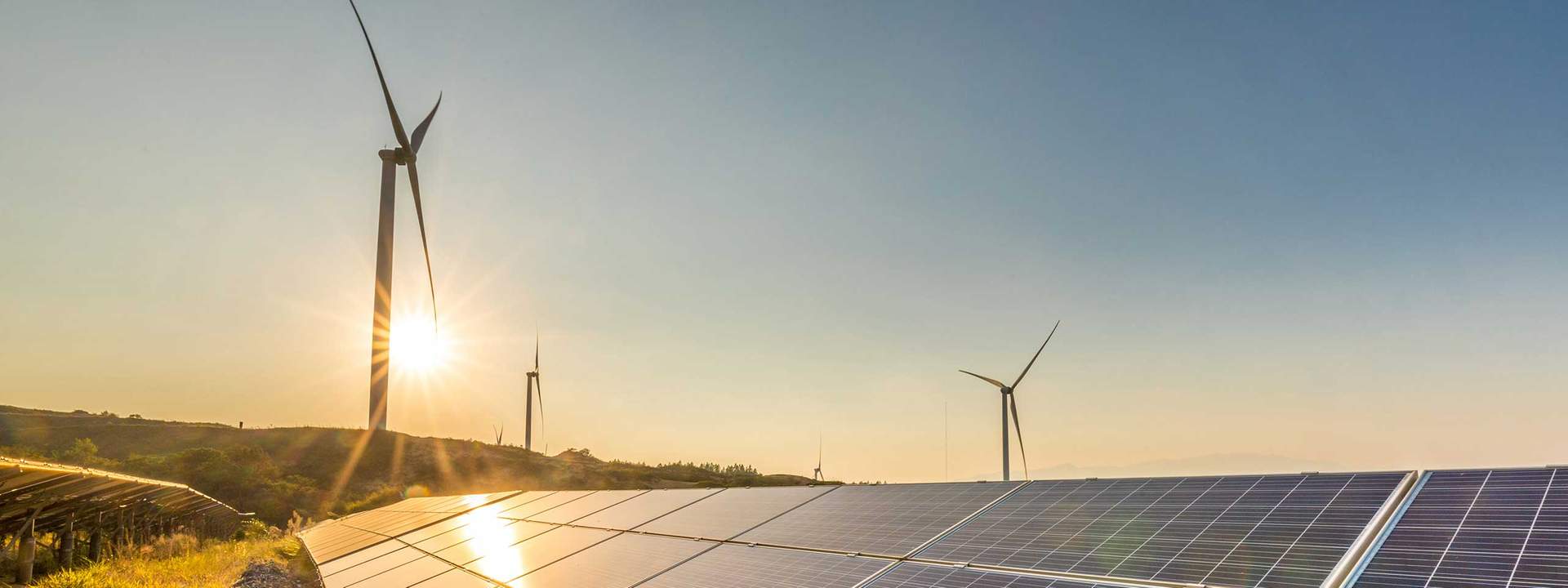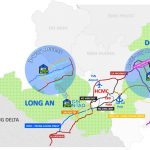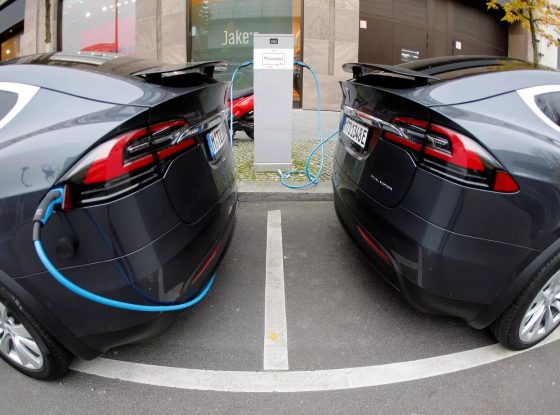Renewable energy innovation accelerates transition to net zero

Technology improvements have driven significant cost reductions in renewables over the last decade, helping achieve near-global grid parity. A new round of innovations – making renewables more economical, efficient and available – is likely to accelerate the global progress towards clean energy adoption and carbon neutrality.
The focus of next generation renewable energy technologies
There are two key directions in the technology innovation roadmap for renewable energy sources:
- reducing direct costs in the production of components; and
- improving the energy conversion efficiency/power output.
Next generation technology innovations are expected to pay more attention to an improvement in energy efficiency. The goal, ultimately, is to lift energy efficiency to as high a level as possible without significant incremental costs, so that per watt or per kWh renewable energy costs can be reduced.
Solar energy innovations to focus on conversion efficiency
The cost of solar power has fallen significantly, from USD 0.38/kWh in 2010 to USD 0.06/kWh in 2020. Past technology innovations focused on the upstream of the solar supply chain to reduce production cost; future innovations are likely to concentrate on improving conversion efficiency and power output.
This new round of innovations is expected not only to drive “grid parity” (when the power generation cost of a clean energy form, such as renewables, is equal to or less than the cost or price of a conventional energy source) to a new level (“solar + energy storage” grid parity), but also deeply change the competition landscape across the entire solar supply chain.
“
What will the next generation solar panels look like? Larger, thinner, trackable and more powerful.
Wind energy innovations to focus on larger turbines with lower LCOE
The Levelized Cost of Energy (LCOE) for onshore and offshore wind has seen a sharp decline between 2010 and 2020. The application of larger turbines is expected to be an ongoing theme. The rapid pick-up in unit size could lead to disruption across the supply chain as well as new technologies. In addition, further expansion into offshore areas could grow the market.
“
Larger wind turbines, lower unit capex, higher utilization hours and lower Levelized Cost of Energy (LCOE).
Implications for the renewables/utilities sectors
The global focus on the expansion of renewables capacity has been one of the most disruptive factors to utilities. With the increased penetration of renewables generation, the sector’s role was transformed from the traditional, regulated role of network operators to spearheading decarbonization efforts via renewables deployment.
Renewable energy innovations pave the way beyond grid parity
The adoption of tech innovations in a new era of post-grid parity could reduce wind/solar power costs by another 26%/33% between 2020 and 20251.
Global wind/solar power annual installations surged from 36GW/16GW in 2010 to 109GW/130GW in 2020 (including the impact of rush installations for wind power in China in 2020). This could reach 112GW/386GW in 20252.

The energy transition to net zero
Given the requirements of carbon emission control – and with renewables becoming even more economical and convenient versus traditional energies (especially coal-fired power) – the new round of disruptive innovations should significantly accelerate this shift from traditional energies to renewables.
“
How large can the renewables market be? Likely to more than double in the next five years.
The IEA estimates that under the Net Zero Scenario, global electricity generation needs to increase almost three-fold by 2050 (vs 2020). With the fossil-fuel phase-out, this means renewable generation would need to increase more than eight-fold to meet increasing demand – resulting in an almost 90% share of the global energy mix.

Source : credit-suisse.com



